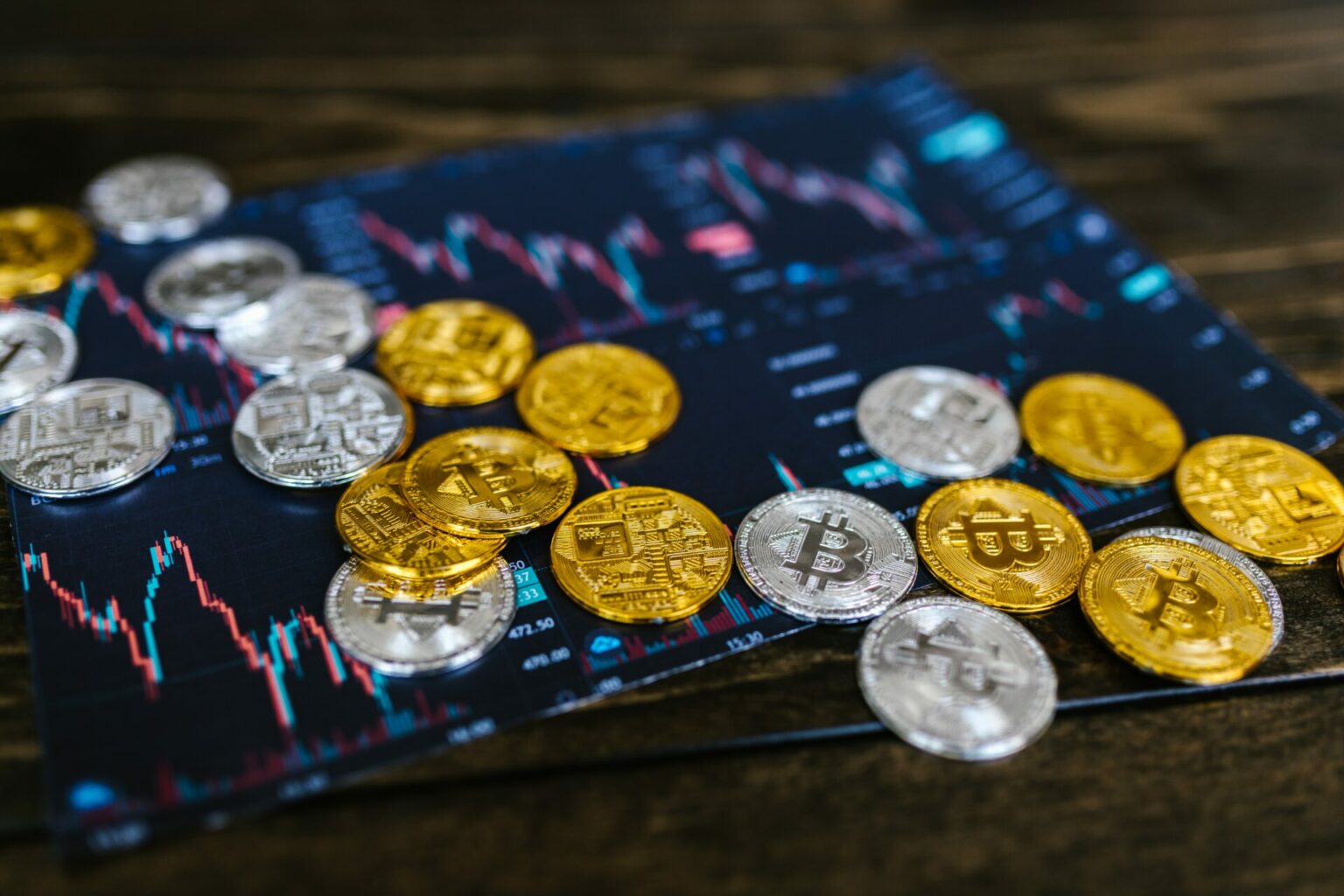The Bank of America anticipates a transformative shift in financial and non-financing infrastructure and markets through the adoption of blockchain infrastructure and tokenisation within the next five to 10 years.
Bank of America’s research report highlights the recent outperformance of risk assets compared to digital assets, which have lagged behind the Nasdaq stock index by 24% since May. Regulatory uncertainties resulting from SEC enforcement actions and ongoing lawsuits against prominent platforms like Binance and Coinbase have impacted digital asset sentiment.
However, Bank of America emphasises that the rapid development and integration of distributed ledger and blockchain technology infrastructure, particularly private permissioned ledgers and blockchain subnets, are poised to revolutionise financial and non-financing infrastructure and markets in the next five to 10 years. Discover the transformative potential of blockchain infrastructure and tokenisation amidst regulatory challenges and market dynamics.
Performance Analysis: Digital Assets vs. Nasdaq Stock Index
Digital assets encompass a range of virtual or digital representations of value that utilise cryptographic techniques. They include cryptocurrencies like Bitcoin, Ethereum, and numerous others. On the other hand, the Nasdaq stock index is a widely recognised benchmark for the performance of technology and growth-oriented companies listed on the Nasdaq stock exchange.
Analysing the relative performance of digital assets against the Nasdaq stock index provides valuable insights into the dynamics of these emerging markets. Despite the significant gains seen since the beginning of the year, digital assets have faced challenges in recent months, with a 24% underperformance compared to the Nasdaq stock index since May. This performance differential reflects the evolving market dynamics and investor sentiment surrounding digital assets.
Regulatory Challenges: Impact on Digital Asset Sentiment and Prices
Regulatory uncertainty arises from the lack of clear guidelines and enforcement actions by regulatory bodies such as the U.S. Securities and Exchange Commission (SEC). The SEC’s enforcement actions have created a degree of apprehension and caution among market participants. This uncertainty surrounding regulatory compliance and potential legal ramifications has contributed to a decline in digital asset sentiment.
Moreover, recent lawsuits filed by the SEC against prominent digital asset trading platforms, including Binance and Coinbase, have further intensified regulatory concerns. These lawsuits allege violations of federal securities laws, and their outcomes could have significant implications for the broader digital asset market.
The impact of regulatory challenges on digital asset prices is evident, with the downward pressure experienced in token prices. Investors and traders closely monitor regulatory developments and their potential impact on the digital asset market. Understanding these regulatory challenges is essential for evaluating the long-term prospects and stability of digital assets.

Transformative Potential: Blockchain Infrastructure and Tokenisation in Financial Markets
Blockchain infrastructure refers to the underlying technological framework that supports the operation and functionality of blockchain networks. This infrastructure encompasses the distributed ledger, consensus mechanisms, and smart contract capabilities that facilitate the recording and execution of transactions.
Tokenisation, on the other hand, is the process of representing real-world assets or rights on a blockchain through the creation of digital tokens. These tokens can represent various financial assets such as securities, commodities, real estate, or even intellectual property.
Private permissioned distributed ledgers and subnets are specific implementations of blockchain technology that offer enhanced privacy and control. These technologies enable the tokenisation of traditional financial assets, opening up new avenues for liquidity, fractional ownership, and increased efficiency in financial markets.
Bank of America highlights the transformative potential of blockchain infrastructure and tokenisation, emphasising their ability to revolutionise financial and non-financing infrastructure over the next five to ten years.
As distributed ledger and blockchain technology continue to rapidly develop and integrate, they hold the promise of transforming existing financial systems, fostering innovation, and unlocking new opportunities for investors and businesses alike.












